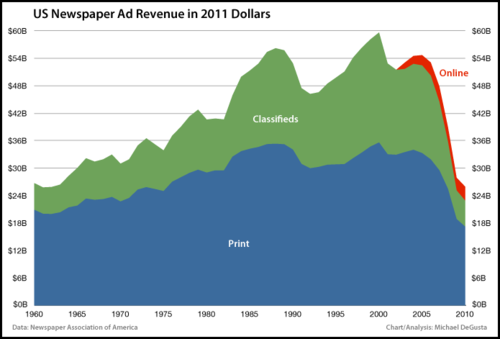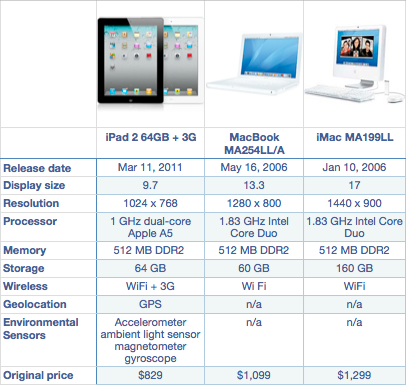John Siracusa dusted off an interesting quote from a former Microsoft employee.
Spolsky: But synergy…there are also negative synergies. In the case of Microsoft they call it “strategy tax.” Where, like, the Internet Explorer team is not allowed to fix the DHTML editor because it might compete with Word. So they’re forced to make that continue to be bad.
Via: The Apple strategy tax
The notion is an interesting one and is a reframing of the metaphorical expression that those who live by the sword die by the sword: Building a business a certain way will, in the end cause it to perish by that way.
In the case of Microsoft, the focus on their platform lock-in strategy binds them into avoiding compelling opportunities and, even more tellingly, keeps them from improving existing products.
It’s tempting to suggest that this “strategy tax” also applies to a company like Apple when it seems to act irrationally or sub-optimally to some arbitrary definition of optimality.
However, what if Apple’s motives are not “strategic”? What if Apple actually does act in a way to optimize what they perceive to be important: the end user experience or as I like to call it “the product“.
What if “the product” is dogma and nothing is allowed to compromise it?
Continue reading “The skill of strategy analysis: Uncovering company priorities”


